The horse’s primary food source is forages and in order to sustain horses on forages, healthy pastures are a must for either grazing or hay production. There are many things to consider when managing horse pastures from the soil, the types of grasses and legumes, foot traffic, stocking rate, weed control, manure management, and environmental impact. All of these aspects are essential so click on each hotspot to learn more.
For soil testing, please visit the UT Soil, Plant and Pest Center for more information about sending in a soil sample.
For more information regarding forage trials and seeding, please visit UTBeef.com.
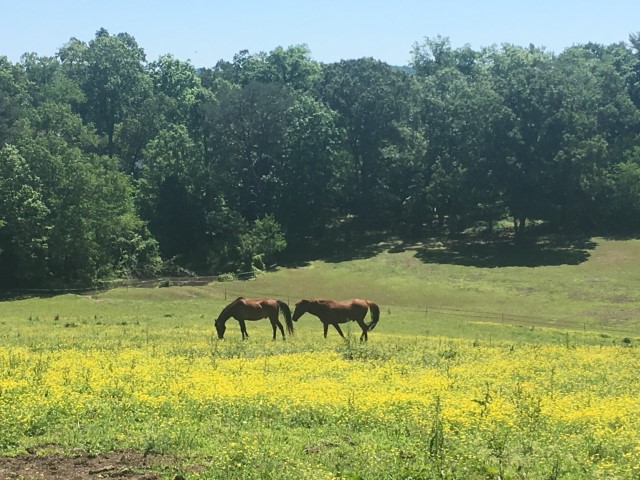
Establishment and Management of Pastures
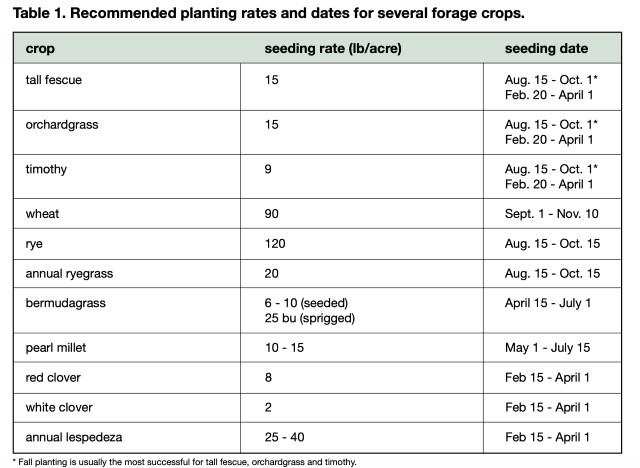
A big aspect to pasture management is the establishment and management of existing forages. Depending on whether you are evaluating a current stand or looking to plant a new stand, choosing the best species for your needs is important for stand persistence. After evaluating the stand, identify any weeds is critical to develop a weed eradication plan. Weeds create competition with the grasses and legumes in your pasture and so eradicating them is essential to have better pastures. Another aspect to manage pastures is to fertilize according to a soil test. Testing the soil allows for a more in-depth analysis of the nutrients within the soils. If establishing a new pasture, once you have selected the forage you’re going to plant, planting the seeds at the proper time, rate, moisture, and depth is critical to stand development. To learn more about stand establishment and pasture management, please visit UTHorse.com or UTBeef.com
Manure Management in Pastures
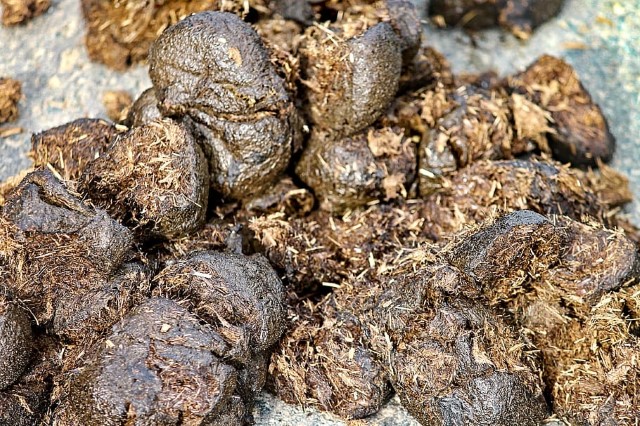
Manure management is often looked over by horse owners, but is an important consideration for pasture health, the environment, and horse’s health.Properly managing manure within pastures and paddocks can decrease the spread of intestinal parasites, prevent water contamination from runoff, and reduce weed seed spread. Horses tend to defecate in specific locations within the pasture and will eventually stop grazing in those spots due to decreased palatability. Equine owners have several options to manage manure for improved pasture health, including manure removal for composting and harrowing or dragging pastures. Composting reduces overall waste dramatically and can provide an improved soil nutrient source compared to spreading fresh manure. Harrowing a pasture is only recommended during hot and sunny days as those conditions allow for the intestinal parasite eggs to be destroyed and can aid in weed seed reduction. It is also recommended to take horses off the pasture for 2-3 weeks during the time the manure is spread due to the potential for intestinal parasites to be ingested. Furthermore, if pastures are overstocked then it is not recommended to harrow due to the potential of heavy parasite loads that can spread. Knowing the status of your pasture's nutrient status through soil testing is essential to prevent excess nutrient buildup. If you have questions regarding manure management, please contact your county extension agent or state extension specialist.
Bare Spots in the Pasture
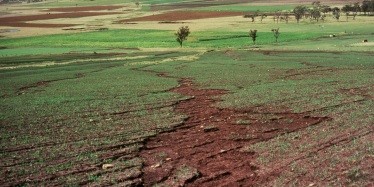
Bare spots in horse pastures are a common sight to see; however, those spots can become quite detrimental to both the pastures and the environment. Water erosion is extremely common when areas of soil are bare and exposed to rain or other water sources. Erosion is detrimental as it removes the soil causing ditches and gullies, and can pollute waterways with sediment. Further, rain water runoff can leech nutrients from the soil causing excess nutrient pollution and damage to plants and animals within the polluted waterways. In order to prevent pasture erosion, it is recommended to mark off areas that are bare in order to block animal traffic and planting vegetation to cover.
Weed Identification
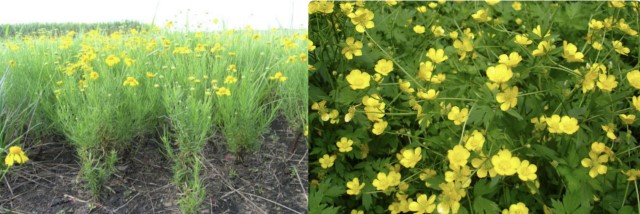
Weeds can easily take over a pasture thus creating competition for grasses and legumes. Weeds usually are not very palatable to horses and, in some cases, can cause health issues when ingested. A key aspect to weed control is weed identification. Knowing what weeds are in your pastures will help you establish an appropriate weed eradication plan. There are many weeds that look alike. For example, buttercup and bitter sneezeweed are both yellow flowering weeds. The biggest difference between the two is the time of year they bloom. Buttercup will bloom during early to late spring while bitter sneezeweed blooms in early summer to fall. Knowing which weed is present will dictate herbicide recommendations and other management strategies. If you would like assistance in identifying weeds within your pasture, please contact your county extension agent or state extension specialist.
Overgrazing Patures
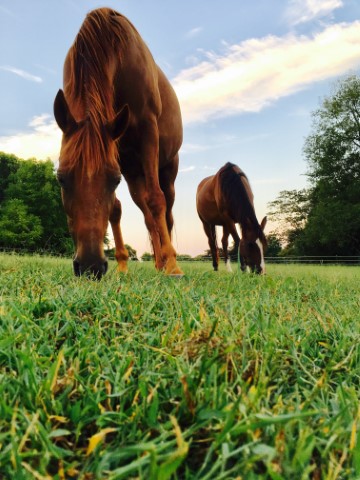
Depending on how horses are managed within a pasture can greatly affect the type and amount of growing grasses and legumes. Horses are selective grazers and the anatomy of a horse's teeth allows for them to bite extremely close to the ground. Since horses tend to graze in specific spots, the pasture can become stressed and ultimately die off. Several management strategies are available to combat overgrazing:
- Rotational grazing
- Decreasing stocking rate
- Track systems
Depending on your individual farm pasture setup, there are many of ways to develop a rotational grazing system such as rotating pastures or cutting larger pastures into smaller pastures by temporary fencing. Decreasing the stocking rate to match recommendations for your area can improve pasture productivity, especially for continuous grazing systems. Track systems can help improve exercise opportunities for horses while resting pastures. If you have any questions regarding grazing management strategies, please contact your county extension agent or state extension specialist.